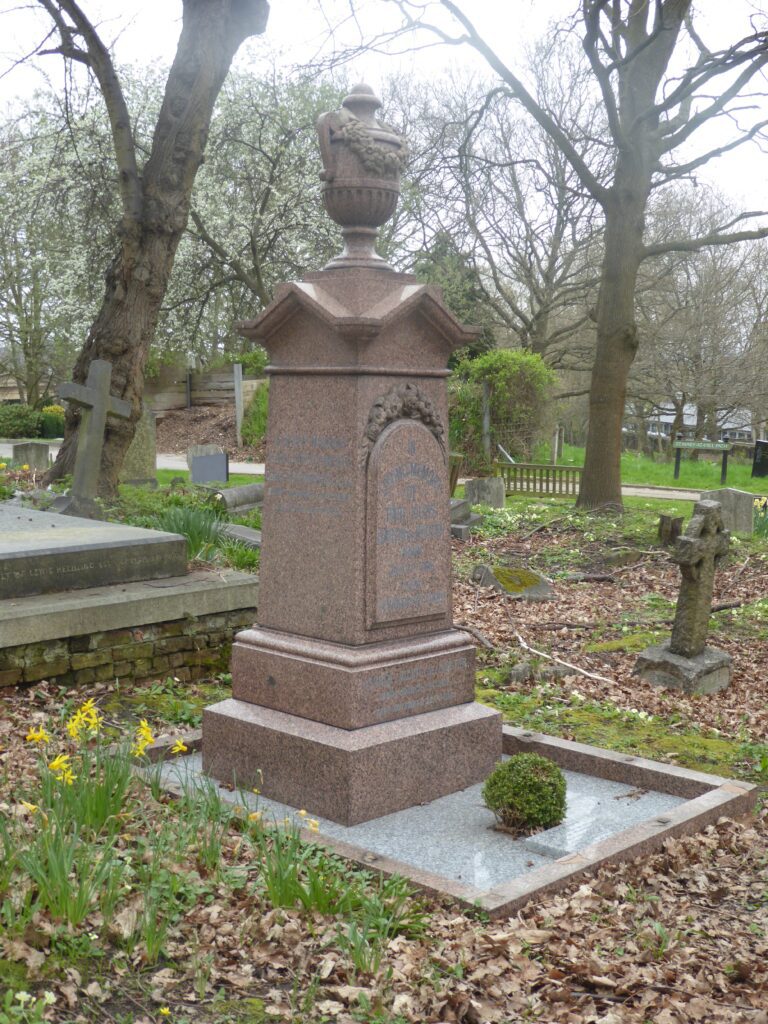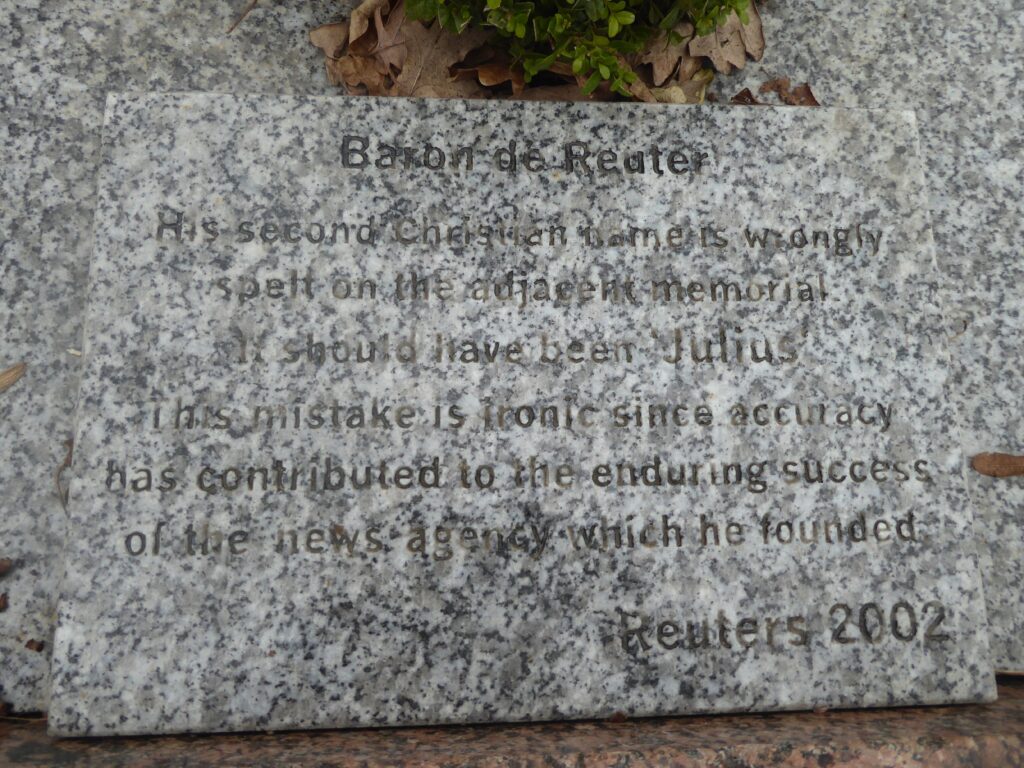Until the 1980s Fleet Street was a metonym for the national press. Giant printing presses rumbled in the basements of the newspaper offices to which reporters filed domestic and international news. The street held a magical, romantic sense of urgency. Late at night vans collected the packaged newspapers and raced them to mainline stations where they were loaded onto trains to be dispersed in the early hours of the morning at provincial halts throughout the country.
Fleet Street’s association with printing and publishing began in 1500 when William Caxton’s former apprentice, Wynkyn de Worde set up a printing press beside St. Bride’s church. Others followed, and the presence of the presses stimulated the publication of newspapers in the same street. In 1702 the first London daily newspaper, the Daily Courant, appeared. The repeal of the newspaper tax in 1855 heralded the great days of newspaper publishing, and for the next hundred- and thirty-years major newspapers made Fleet Street their headquarters.
Reuters News Agency joined them there. Paul Julius Reuter (1816-1899) had begun his working life as a bank clerk but moved into book publishing. In 1848 he had produced radical pamphlets in support of the revolutions. Following the conspicuous failure of the revolution in Berlin, he judged it politic to move to Paris where he worked for the Havas news agency, before founding his own agency in Aachen.
Aachen and Brussels were the terminal points of the German – French/Belgian telegraph line, but there was a seventy-six-mile gap in that line. Reuter used forty-five homing pigeons to bridge the divide. The pigeons, carrying financial news from the Paris Stock exchange, could complete in two hours a journey which took the train six hours.
When the telegraph line was laid in Britain in 1851, Reuter moved to an office near the London Stock Exchange, setting up a specialist financial news agency supplying information on securities, commodities, stock prices and currencies to Continental Exchanges. Now he supplemented the telegraph lines with two hundred carrier pigeons. When undersea cables were laid, he expanded his service to other continents.
In 1863 Reuter erected his own telegraph link from London to Crookhaven in SW Ireland; ships coming from America would throw cannisters containing news into the sea to be retrieved by Reuters employees and telegraphed to London. Since this was quicker than waiting for the ships to dock in London, national papers began to subscribe to Reuters Agency which diversified to provide a general news service in addition to its financial speciality.
Reuter had early established a reputation in the financial world for accuracy, rapidity, and reliability. When he expanded his service, his aim was to provide “Truth in News” with the same exacting standards of expeditious, concise, accurate reporting. His agency was the first in Europe to report Abraham Lincoln’s assassination in 1865, and the surrender of the south in the American Civil War.
After Reuter’s death the success of his agency continued: it was the first to report the Relief of Mafeking (1900); the Great War Armistice (1918); the opening of the tomb of Tutankhamun (1923); the assassination of Gandhi (1948); Khrushchev’s speech denouncing Stalin (1956); and the Iraqi invasion of Kuwait (1990).
Reuters moved from its original office to Fleet Street in 1939 to be in greater proximity to the newspapers who used its service. But less than fifty years later modern technology was leading to the replacement of hot metal printing by digital. In 1986 the News International owner Rupert Murdoch moved production of the Times and the Sun to cheaper manufacturing premises in Wapping. In doing so he also sought to break the power of the print unions, the NGA and SOGAT; all the print staff were dismissed and fresh staff brought in to operate the presses using computer aided technology.
As other newspapers followed, Fleet Street ceased to be synonymous with printing and publishing. In 1989 The Daily Express was the last newspaper to be printed there. Reuters was the last news agency to leave, moving to Canary Wharf in 2005. On the day they left a service was held in St. Bride’s, formerly the journalists’ church, in whose shadow Wynkyn de Worde had setup his printing press, and where he is believed to be buried.
Reuters lives on, today employing 2,500 journalists in two hundred locations worldwide. Its founder, Paul Julius, was buried in West Norwood Cemetery in south London, one of the Big Seven Victorian cemeteries, known in his day as the Millionaires’ Cemetery. With no small irony, given his passionate commitment to accuracy in reporting, Reuter’s own grave bears a misspelling of his name. In 2002 the agency placed a plaque beside the grave, ruefully acknowledging the error.



For more on Fleet Street see https://symbolsandsecrets.london Fleet Street Legends, 22 February 2018
